Speaking of tablets, Apple’s iPad is probably the first thing that comes to mind. But if only one player dominates the market, isn’t that too boring?
The truth is that the iPad is getting better and more professional for productivity, but at the same time it’s also getting more expensive. So the market is undoubtedly seeking more alternatives. And today we have a powerful candidate that will most likely revive the Android tablet market: the Lenovo Xiaoxin Pad Pro 2021. It is also by far the best budget tablet product we have seen on the Android platform.
It comes with an 11.5-inch 90Hz OLED display with 2K + resolution, but for performance it is powered by the Snapdragon 870 chipset, which is the latest powerful SoC often seen on gaming phones. Furthermore, the software is Android-based, which was previously considered a disadvantage. However, on the Xiaoxin Pad Pro, this one software comes as a big surprise.
In this review, we will follow its use and divide it into three parts: first, we will talk about how it works as an audio-visual tablet and then how it can be an educational or work pad. In the last part, we will show you how it works as a gaming pad or gaming computer.
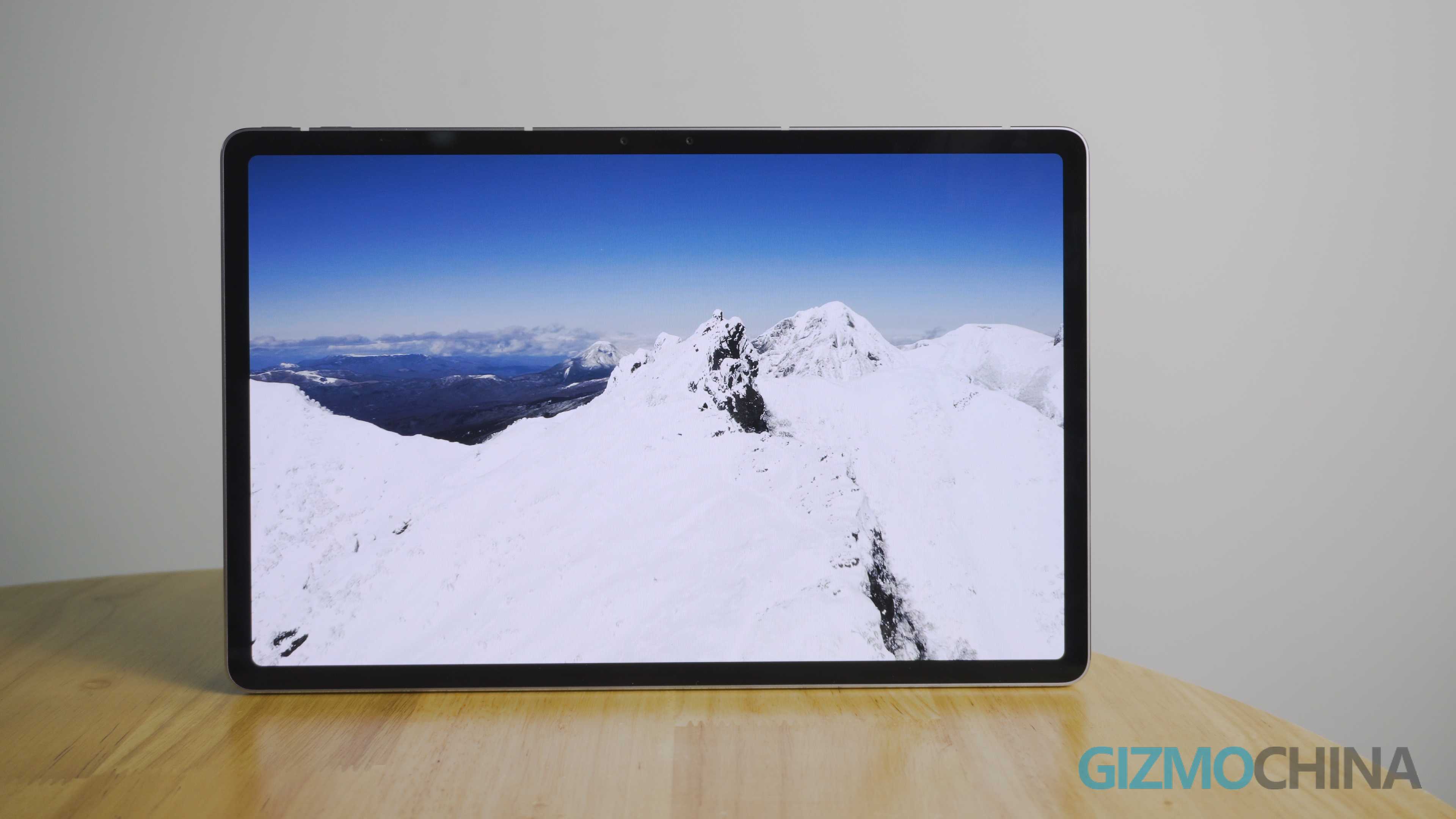
So let’s start with his audio-visual performance.
It’s rare to see a 90Hz 2K + display on a tablet priced under $ 500. By far, other premium tablets with a high refresh rate display generally cost over $ 850, such as the Samsung Galaxy Tab S7 + and iPad’s Apple Pro.
This makes the Xiaoxin Pad Pro a very competitive option for those who don’t want to pay too much for an entertainment tablet. The 11.5-inch full-screen card features four equal-width margins, which undoubtedly increase immersion enjoyment of watching videos on the tablet. And this OLED display supports a wide color gamut with a DCI-P3 gamut of about 100%.
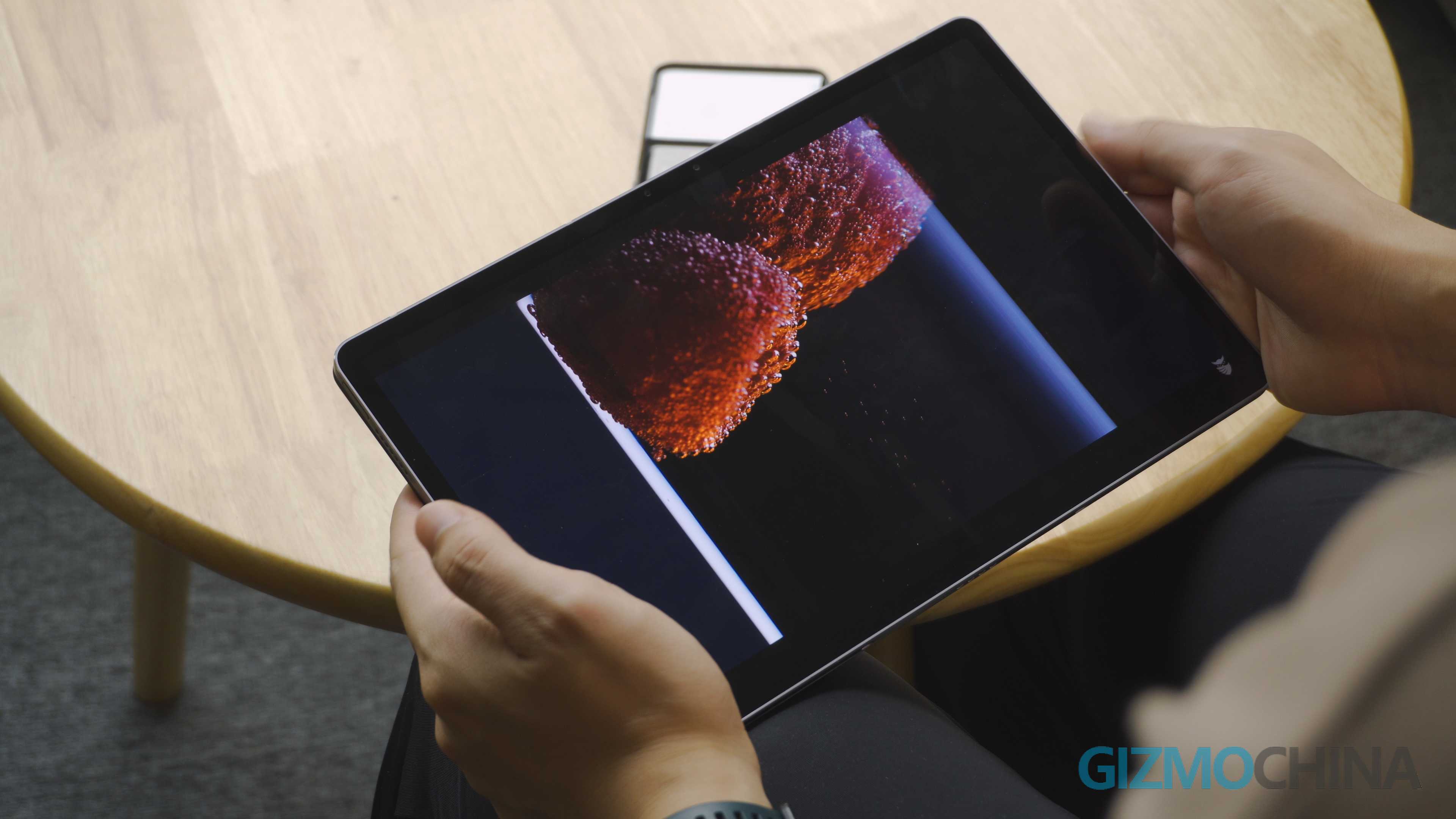
Lenovo Xiaoxin Pro 25 Board Review So in terms of live color display, it looks much better than most LCD displays. But at the same time, color accuracy would suffer if you used the default color setting.
After the test, with the P3 color range, its delta E reached 4.6. But the Pad also offers standard color mode with improved color accuracy. In standard mode, the average delta E decreases to about 1.3. But if you switch to the standard color mode, consumers have to opt for a tighter color cover with coverage of about 99% sRGB and 73% P3.
And its peak brightness reaches 600 nits and supports a brightness enhancement method for use under strong sunlight for short.
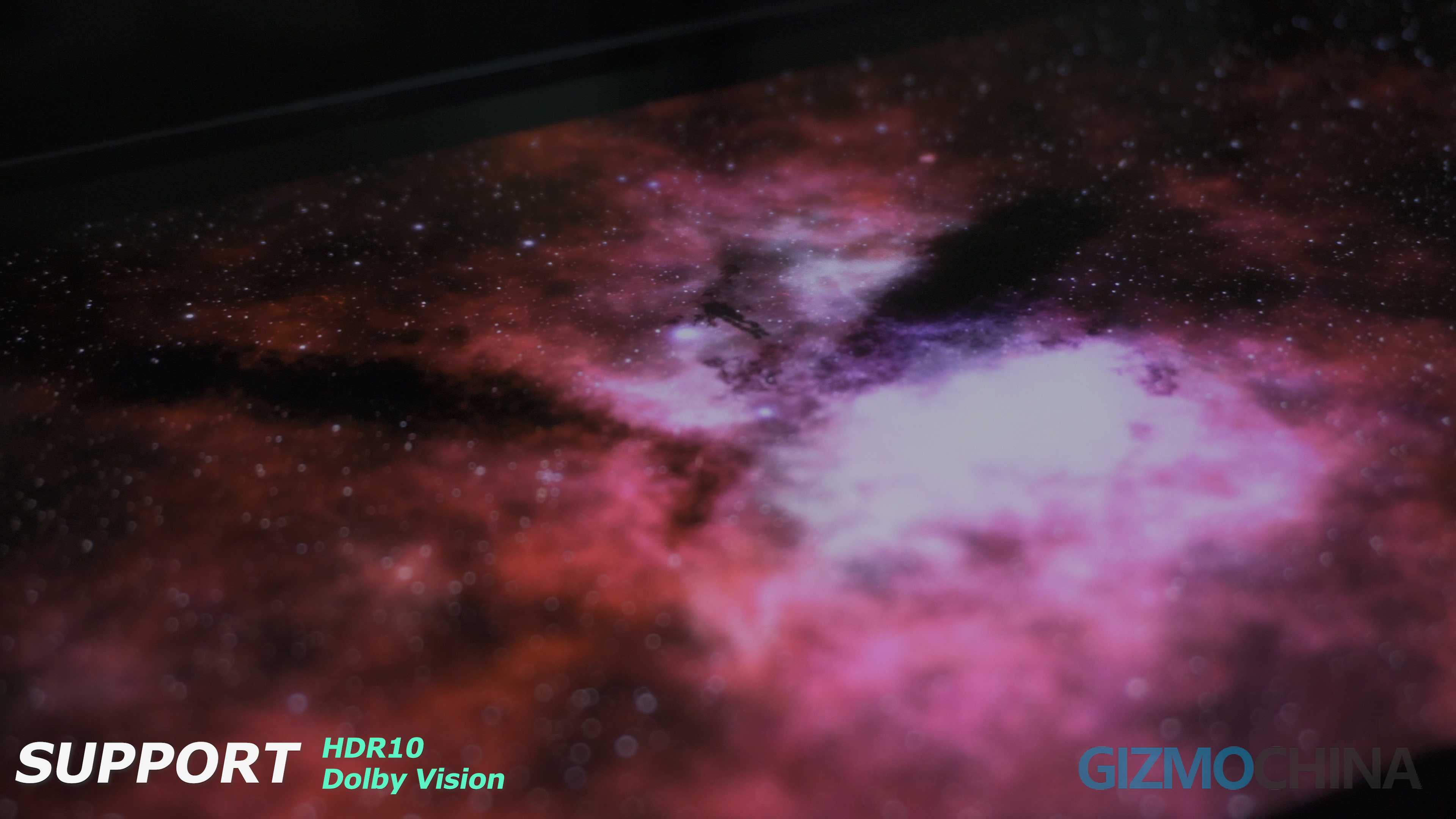
If you only use it for watching movies or TV shows, the color accuracy problem doesn’t matter. What really matters is that, in addition to the wide range of colors supported, the Pad supports HDR10 and Dolby Vision. So if you’re looking for a mobile device with a larger display than a smartphone to watch HDR or Dolby-vision content, it basically won’t disappoint.
Keep in mind that while the actual display effect is not comparable to those expensive tablets like Apple’s iPad Pro, it still looks much better than those that don’t support HDR or Dolby Vision. For audio, the tablet has 4 JBL speakers with 1.5W output with Dolby Atmos certification. In terms of its actual performance, put your headphones on and listen to it here.
As an 11.5-inch display mobile device, it has excellent size control with a weight of 485g and a thickness of 5.8mm. And the one-piece aluminum body achieves a good cooling effect while enhancing the premium metallic feel. But the design of the antenna looks a little odd and affects spinal cleanliness.
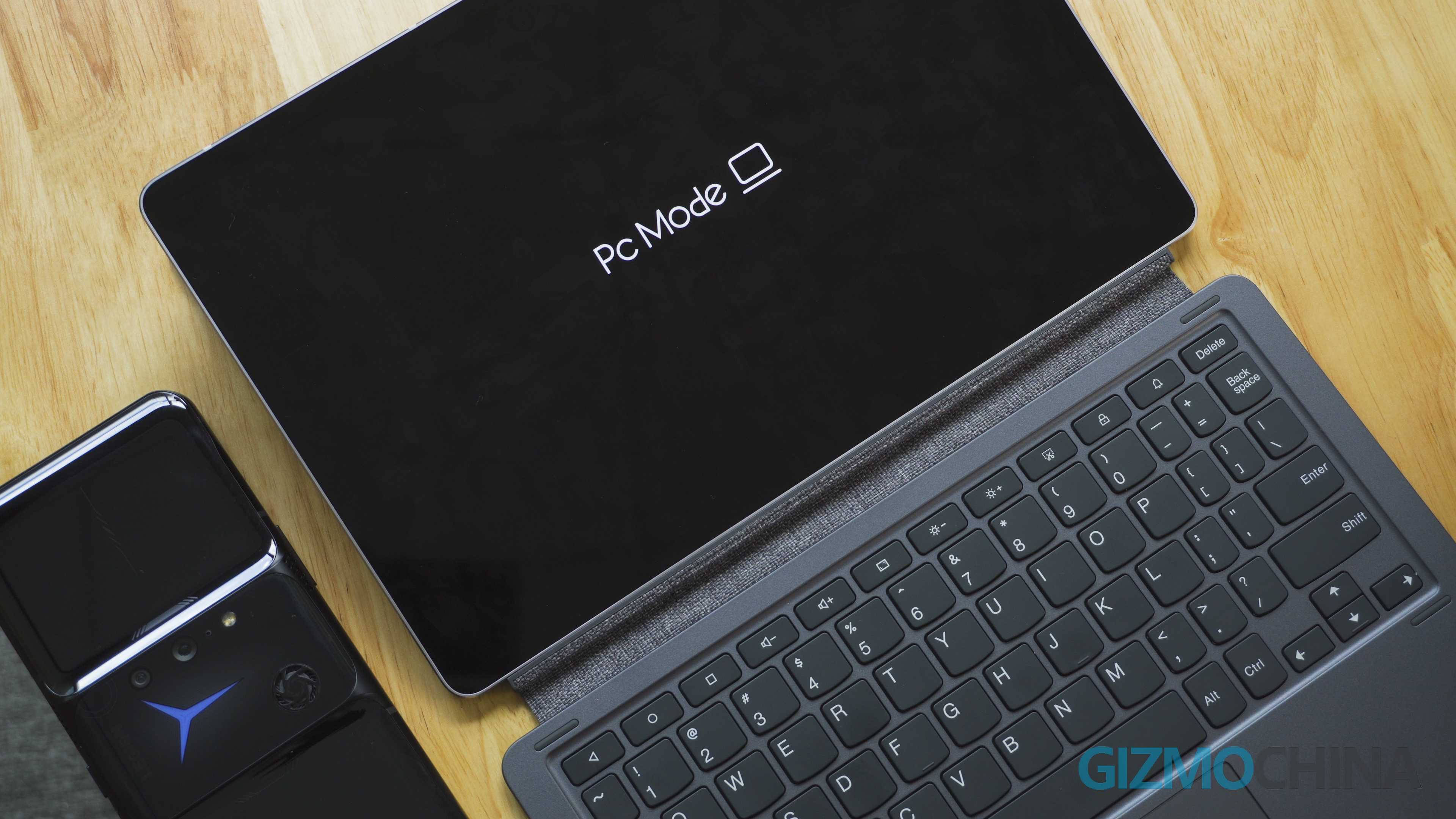
So what features of this Pad can help users study or work? Let’s start with your children’s education. I know some of you have had problems with children’s online lessons in the last year. And a working device with a good selfie camera is very important for that. The new Lenovo tablet sports a dual selfie camera with a TOF sensor to achieve safe surface unlocking. And the cameras are positioned in the upper center position of the rim, which makes the angle good enough for video calls, lectures or online meetings when you position them horizontally.
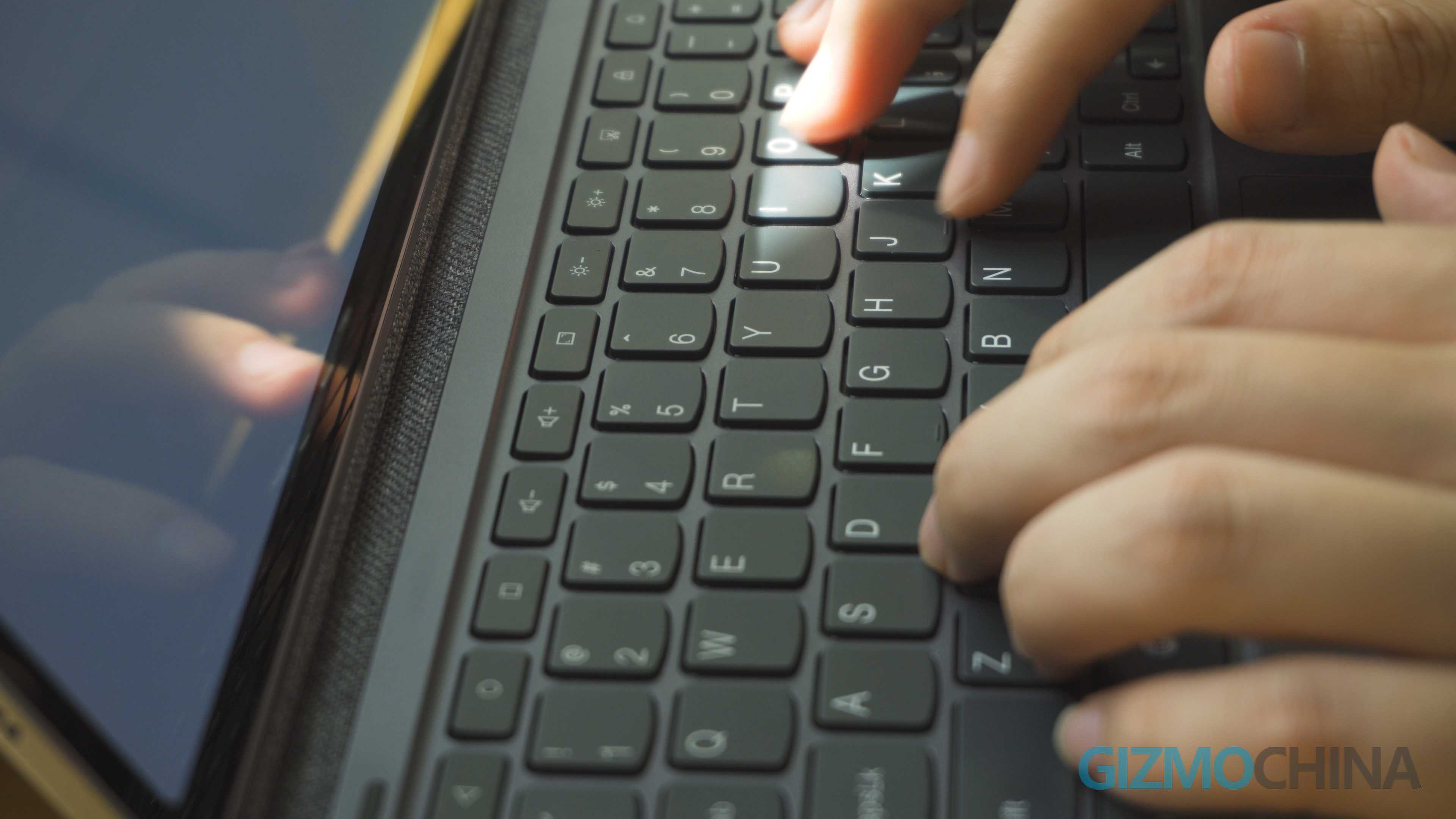
However, a tablet can also be too much fun. To help users or children develop healthy digital habits and focus on studying or some uses efficiently, Lenovo has developed a collection of features called the Study Assistant, including physical and mental health for children’s eye health care and restrict dangerous, anti-addiction websites. at the hardware, course address and family guardian level. But for the family guardian function, it’s only available for a Chinese social app, WeChat.
In the study assistant, you can check the deployment time of some apps and set daily time limits for tablets and some apps or categories. And it is also available for parents or users to add course schedules with some educational apps. You can also limit the installation of non-educational apps on this Pad and restrict access to unsafe websites and also add permitted websites.
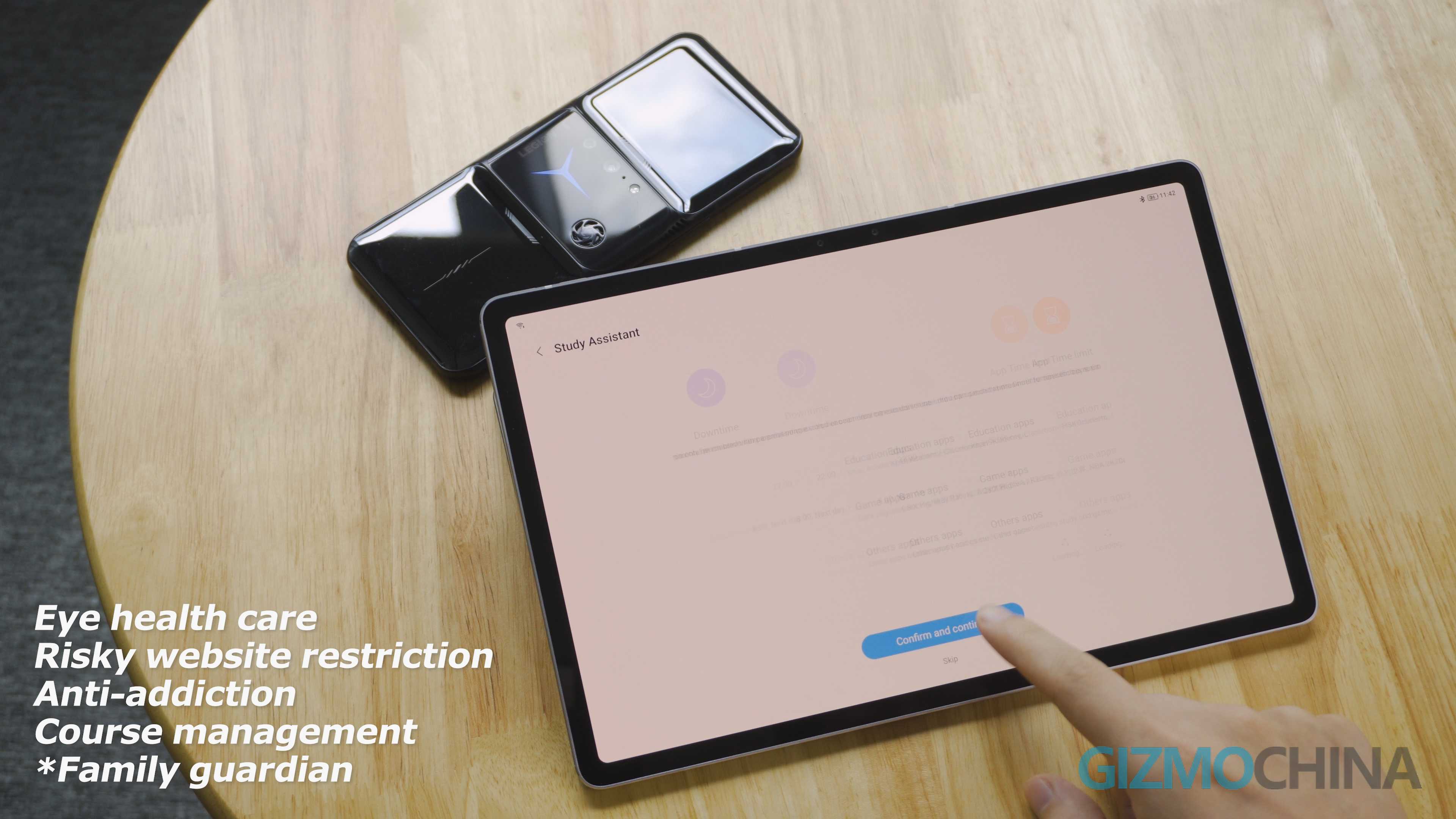
Or if you’re looking for a handy mobile device for basic work, this tablet could be a real treat. As well as providing great adaptability for wireless keyboard and mouse, Lenovo has officially released a productivity case with a unique keyboard and touchpad.
Most interestingly, Lenovo has designed a well-functioning PC mode for all of its devices, including Legion gaming phones and card products. When entering PC mode with the keyboard, the user interface and interaction are not much different from a laptop.
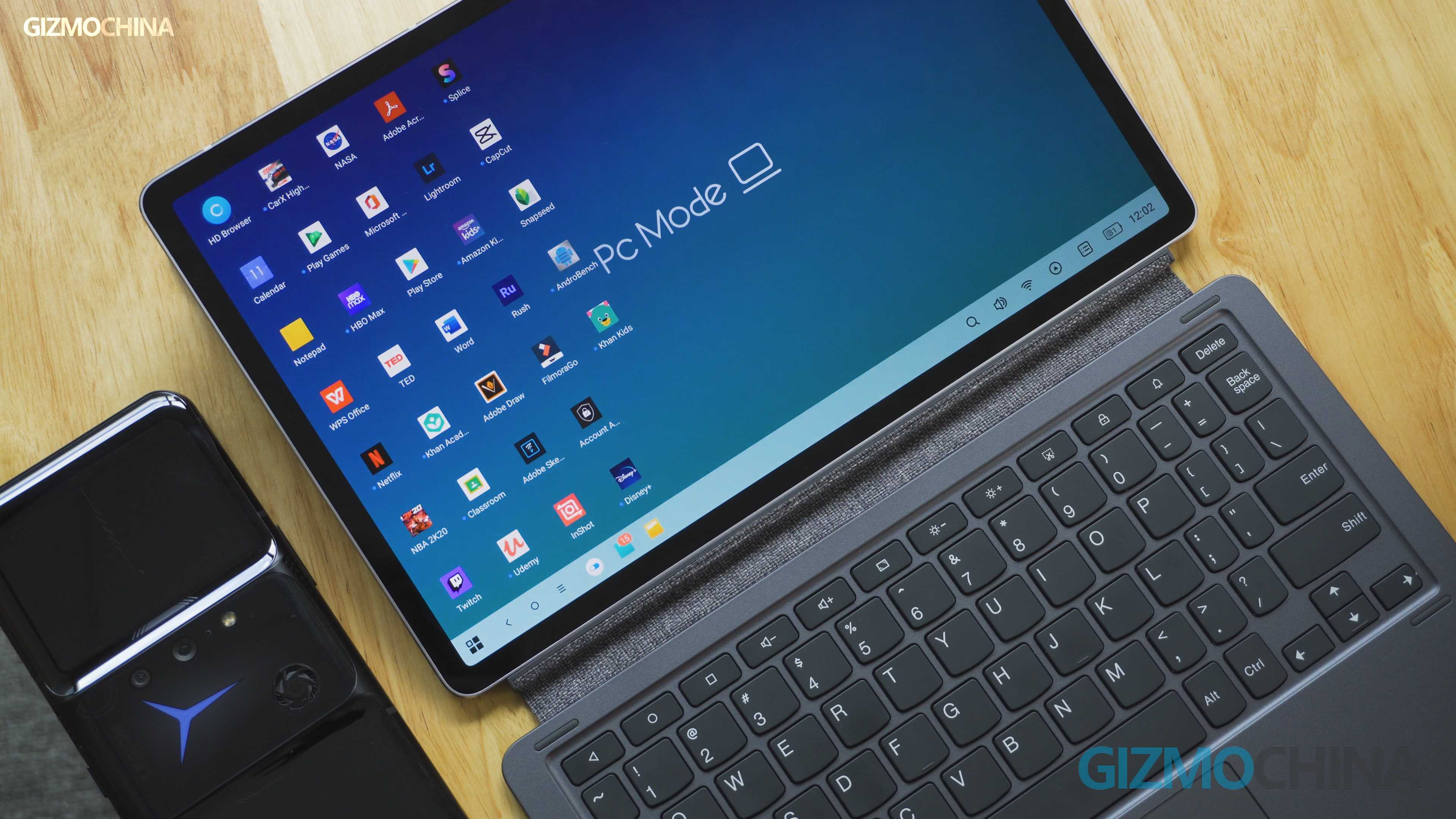
And thanks to its lightweight and compact body, it is even more comfortable than carrying a compact laptop. And the 90Hz display powered by the Snapdragon 870 also offers a smooth experience when using all apps shared with Pad mode. Most apps are allowed to resize the window or use full screen mode.
For official work, a collection of Microsoft Office is available. And for basic creative work, I think you can still find your options on the Google Play Store and most of them fit tablet or PC mode very well. But I have to remind you that PC mode allows you to open up to 5 apps only at one time, probably due to the limitations of 6 GB of ram.
If you are an artist looking to draw your artwork on a tablet, this block could be a reasonable budget option. Lenovo has also released an official stylus for this pad, the Xiaoxin Pen. Contains 4096 levels of pressure sensitivity and bias detection.
Speaking of PC mode, it is inevitable that a question will arise. Can it function as a gaming computer?
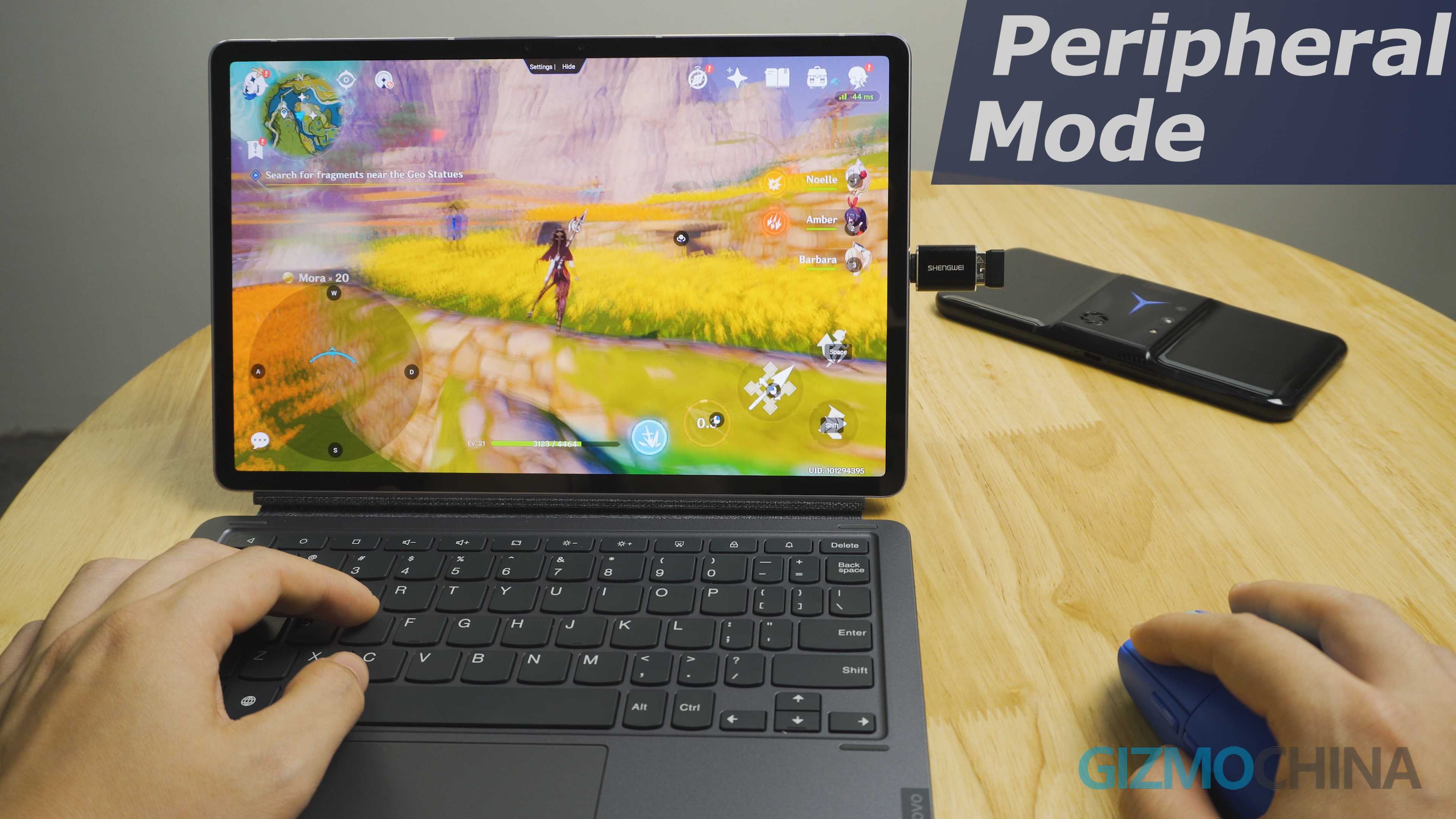
Obviously! But note that it means you can play Android games but not PC games launched on the Windows platform. Speaking of games in PC mode, we’ll talk about that later. First, let’s look at its overall gaming performance.
We all know the Snapdragon 870 is one of the best Android smartphone chipsets to date. And compared to the Snapdragon 888, it’s even more efficient in energy use and heating. The benchmark results show that the Xiaoxin Pad can deliver chipset power very well.
And that’s also why it’s very smooth in software response and animation without being slow in our experience. As mentioned above, 6GB RAM is probably the only limitation that can cause delay issues.
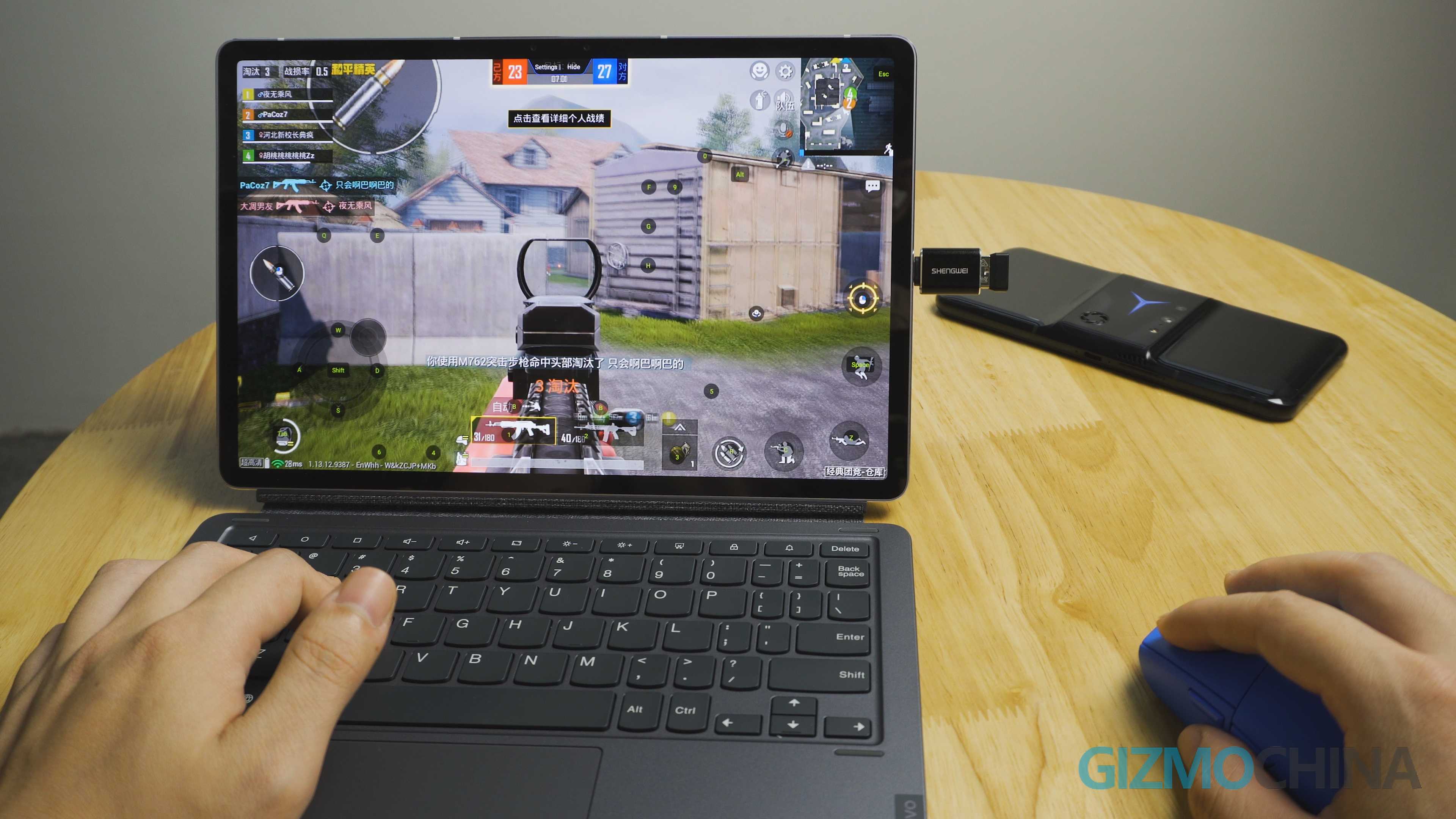
Actual gaming performance is also great. The large exhibition undoubtedly gave us a different gaming experience. At Genshin Impact, it achieved a frame average of 56.8 fps. But due to the gaming graphics settings for Android devices, gaming is only allowed on 720P resolution, which doesn’t look sharp enough on this 11.5-inch display. Well, in another game, Nimian Legend, we could apply 1080P resolution in the highest graphics settings, where it can run at an average of 55.2fps. Still not bad at all.
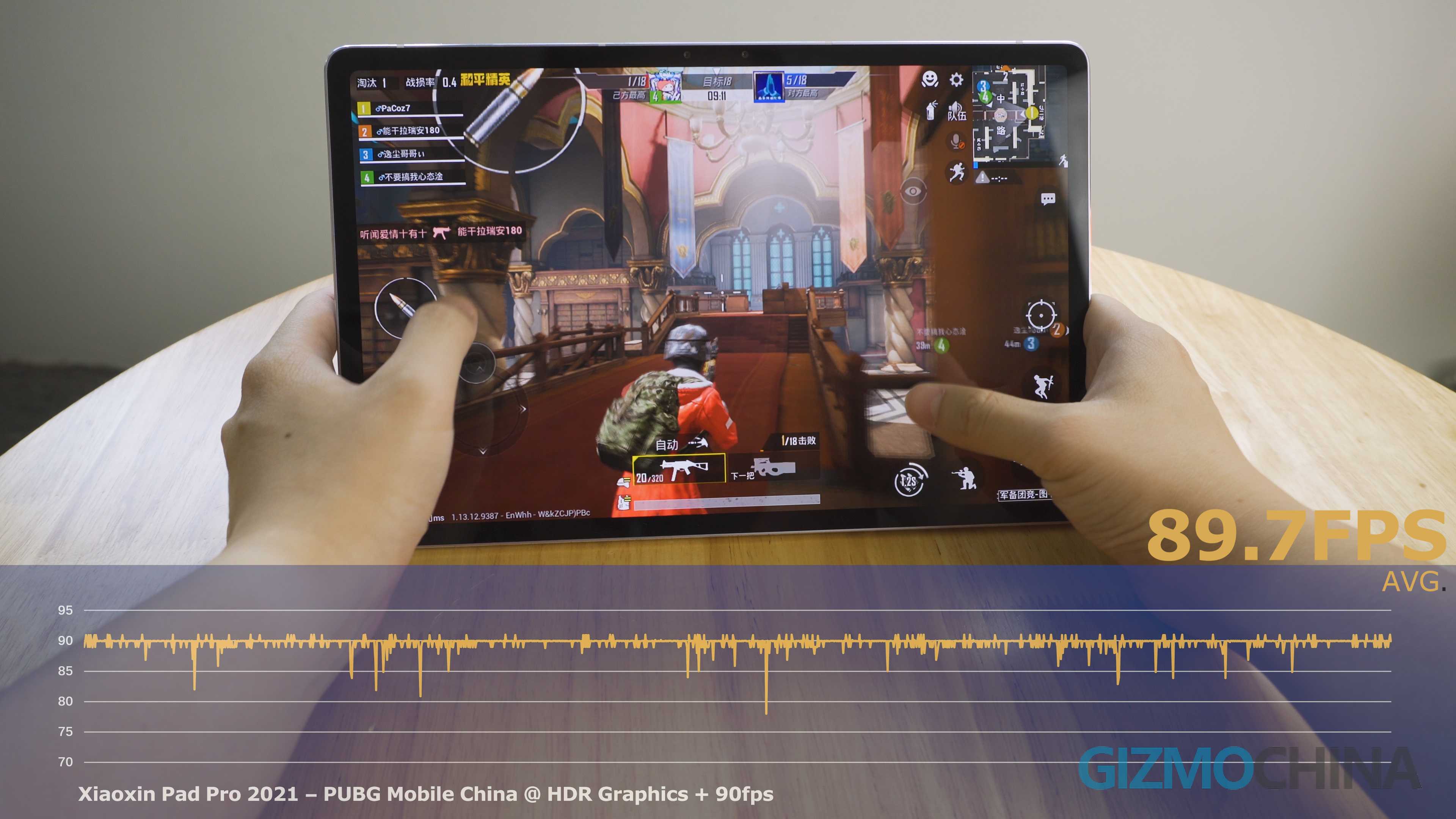
At PUBG Mobile, it runs stable at the highest frame rate allowed with the best graphics. Even when we unlocked the frame limits in the Chinese version, it worked stably with no delay. One great thing about playing on slate is that you can enjoy the clear scene on a larger display, find targets more distant, and handle the game better with multiple fingers as you like.
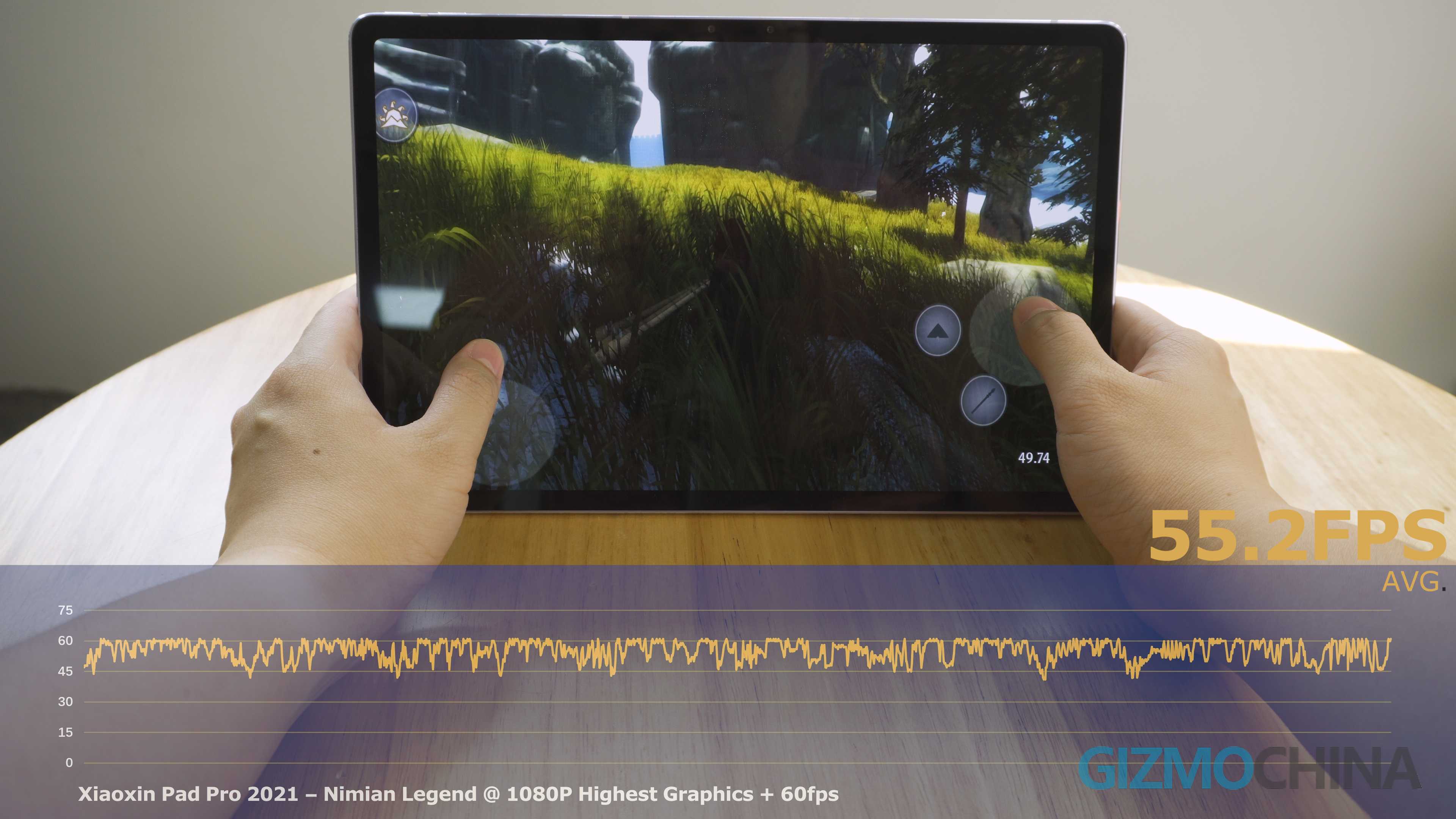
In addition to the PC mode and best fit of Keyboard and Mouse, the Legion phone’s peripheral mode is also found on the Xiaoxin Pad. It allows gamers to use a keyboard, mouse or game manager to control applications or games with mapping buttons. . For example, you can customize the PUBG mobile game for keyboard-mouse operation, just like playing a PC version of PUBG.
In addition, the tablet has a wide projection application. You can project the Pad screen to another PC via WiFi, or to a monitor or cable TV. So you can also choose to play on a larger screen. And in this case, we suggest you use the cable connection to reduce lateness.
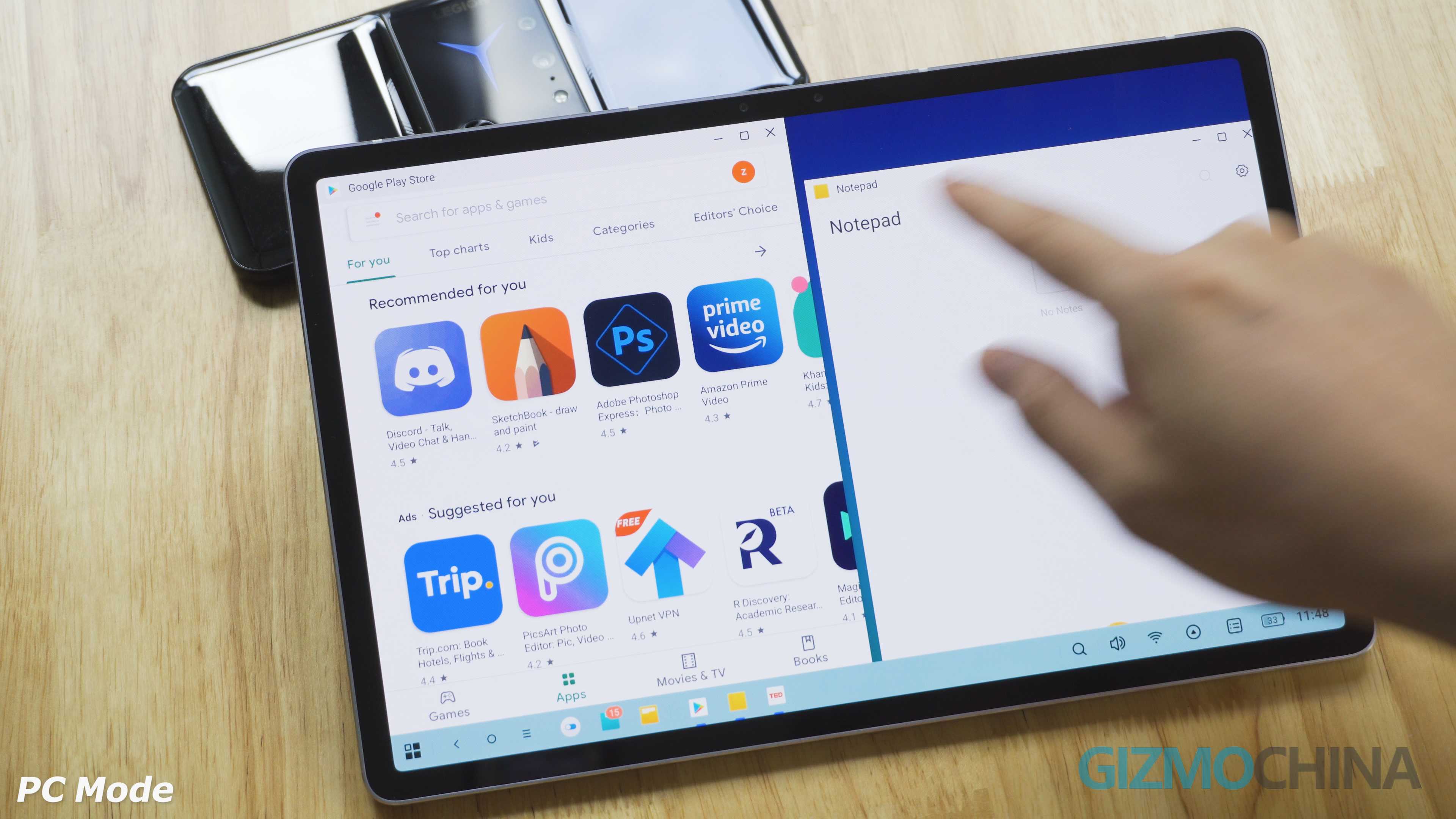
The Pad has an 8600 mAh battery with support for Quick Charge fast charging. In our battery test, it performs quite well. Even for heavy and continuous use, it is estimated to last over 5 hours.
To fully charge the pad, it took over 3 hours with the 20W charger included, which is not fast enough.
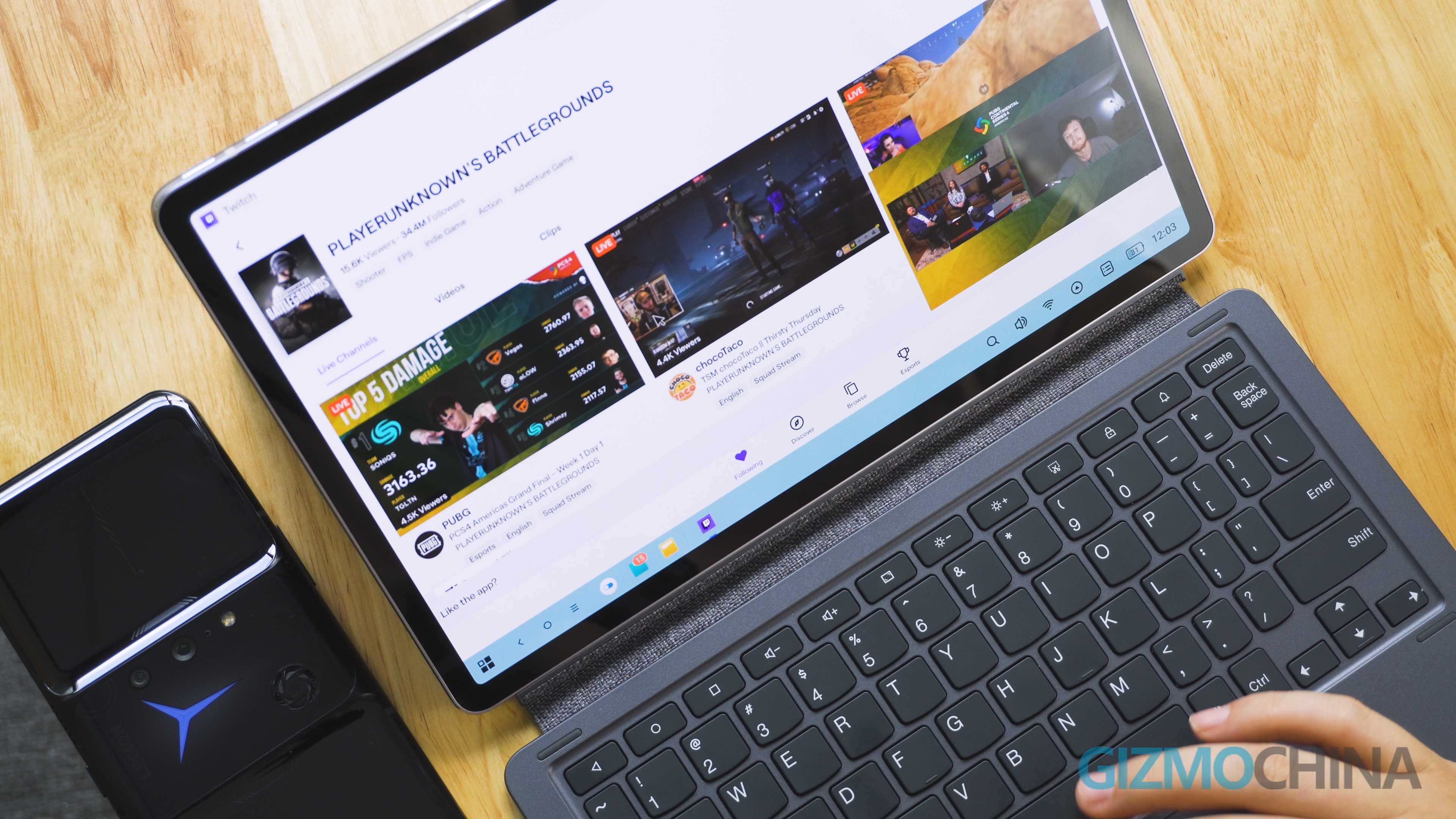
In conclusion, the Xiaoxin Pad Pro surprised us greatly. This is the first time we really feel that the affordable Android tablet market has potential. And the Xiaoxin Pad Pro is probably the start of the trend.
Apart from those mentioned, some other small details like TF card extension support and power button with fingerprint reader make this tablet more appealing. As for the dual rear cameras, most of us don’t care much about tablet image quality, so we just skipped the camera part.
So here are the things we thought were interesting about the Xiaoxin Pad Pro. What do you think of this new Lenovo tablet?